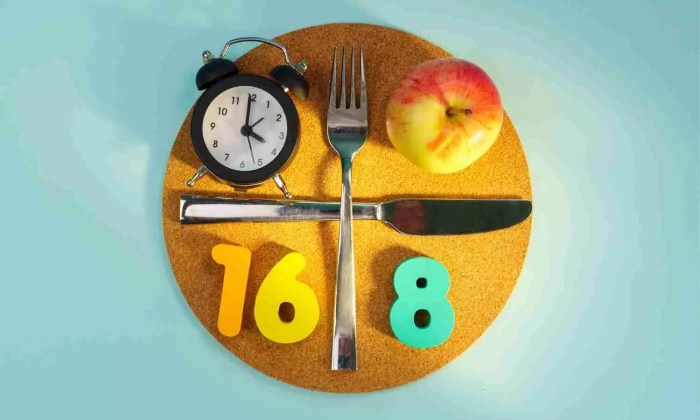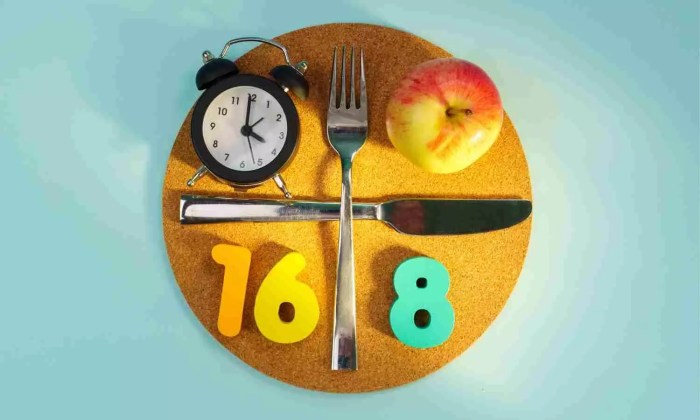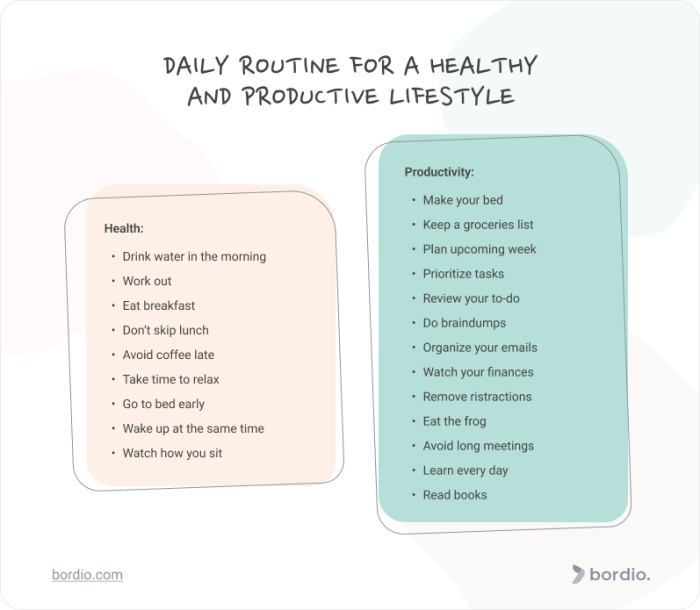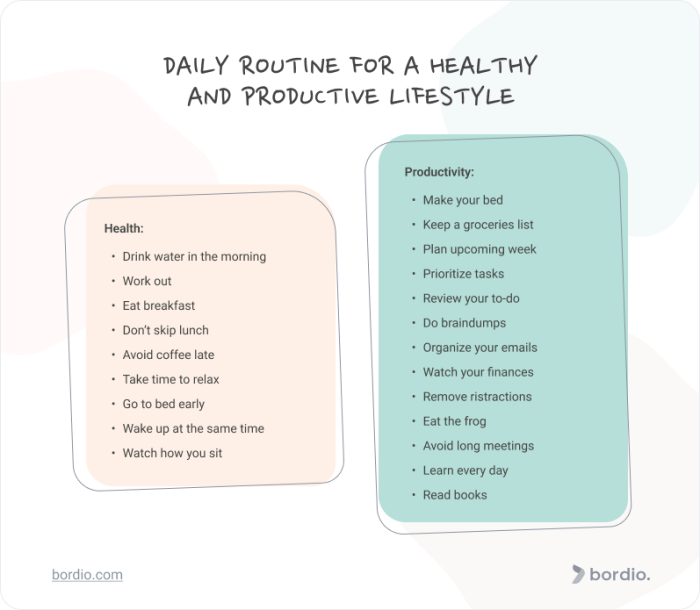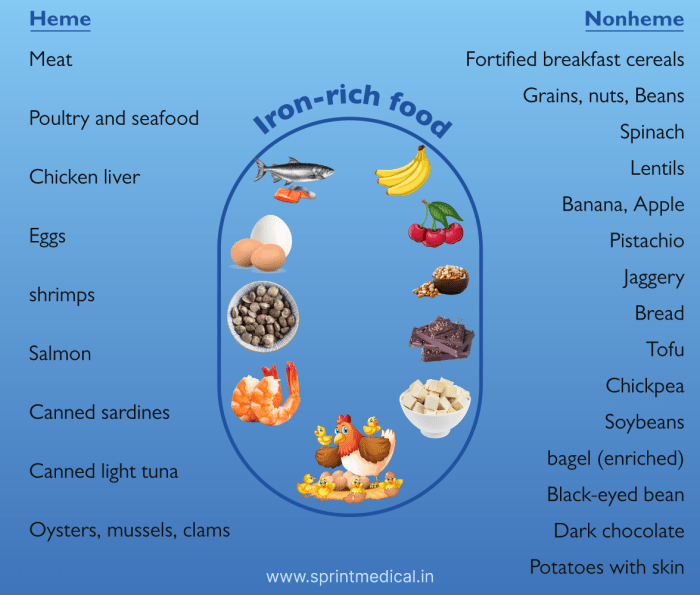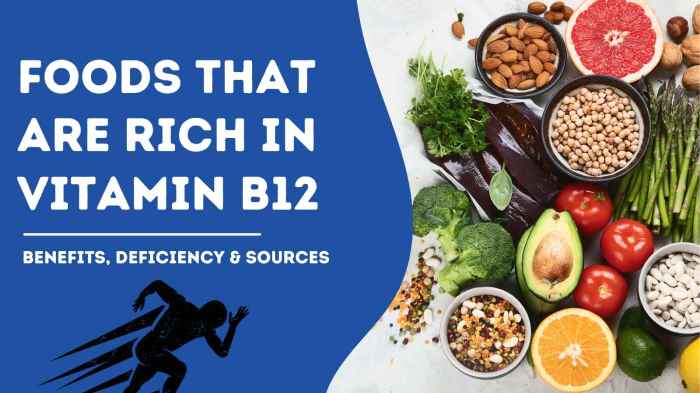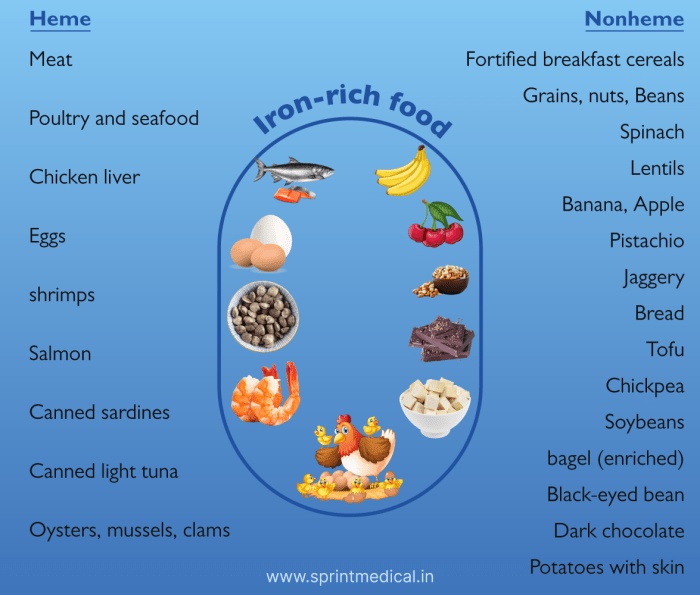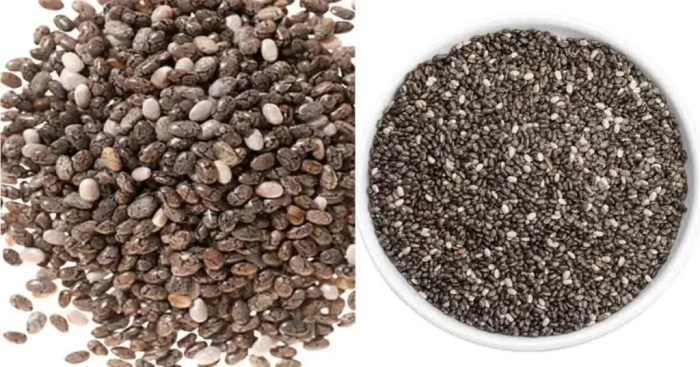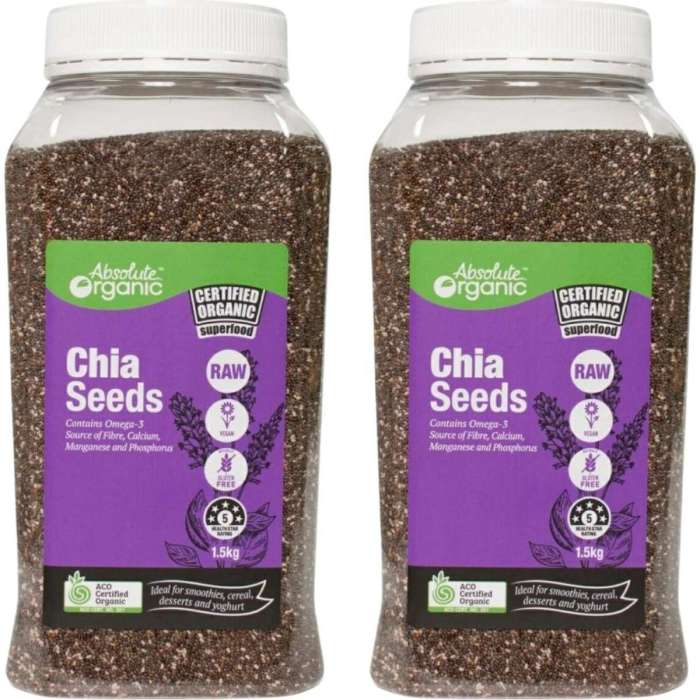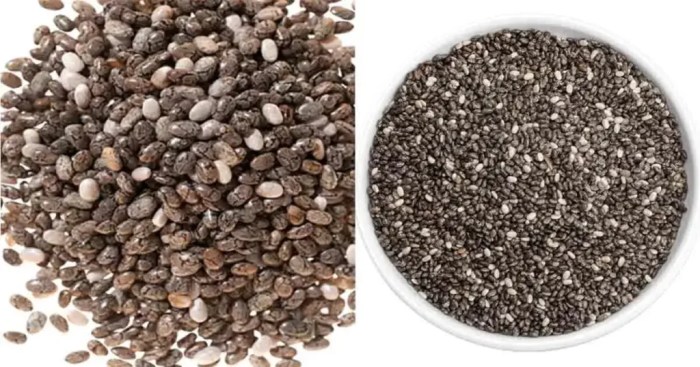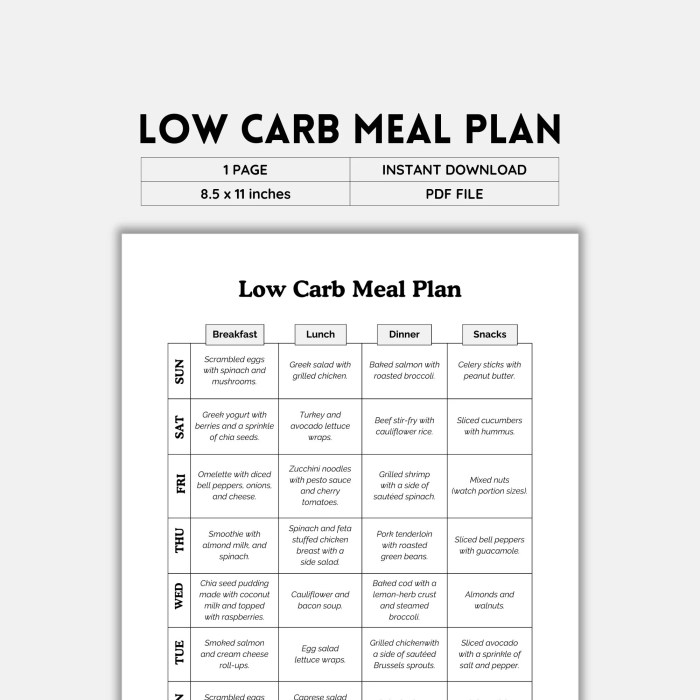What supplements help with weight loss? This comprehensive guide delves into the world of weight loss supplements, exploring their potential benefits, drawbacks, and mechanisms of action. We’ll examine various types, from protein powders to fat burners, and analyze the scientific evidence behind their effectiveness. The journey begins with a historical perspective on weight management and supplements, culminating in a detailed comparison of popular options and their potential side effects.
We’ll also scrutinize the role of supplements alongside lifestyle changes, examining how diet and exercise can complement their use. Ultimately, this resource aims to empower you with the knowledge to make informed decisions about incorporating supplements into your weight loss journey. We’ll look at popular supplements like green tea extract, CLA, and garcinia cambogia, dissecting the claims surrounding them and the scientific evidence supporting them.
Introduction to Weight Loss Supplements
The weight loss supplement market is a multi-billion dollar industry, fueled by the desire for quick and easy results. From protein powders promising muscle growth to fat burners promising rapid calorie reduction, the choices available can be overwhelming. Navigating this market requires understanding the types of supplements, their potential benefits and drawbacks, and the historical context of their use in weight management.The weight loss supplement industry offers a wide array of products, each targeting specific aspects of metabolism, appetite, or body composition.
Understanding the different types and their claims can help consumers make informed decisions about their use. This understanding is crucial to discerning between legitimate products and potentially harmful or ineffective ones.
Types of Weight Loss Supplements
Weight loss supplements come in various forms, each with its own mechanisms of action and potential effects. Understanding the different categories helps consumers determine which supplements might align with their individual needs and goals.
- Protein Powders: These powders are commonly used for building muscle mass and increasing satiety. By increasing protein intake, individuals may feel fuller for longer, potentially leading to reduced calorie consumption. However, excessive protein intake may not be suitable for all individuals, and the impact on weight loss can vary greatly depending on the individual’s overall diet and lifestyle.
- Fat Burners: These supplements aim to increase the body’s metabolic rate and fat oxidation. Claims vary, and some ingredients, such as caffeine and green tea extract, may contribute to temporary increases in metabolism. The effectiveness and safety of fat burners can be highly variable.
- Appetite Suppressants: These supplements aim to reduce feelings of hunger and cravings. They often contain ingredients like fiber, or compounds that stimulate the brain’s appetite control centers. Their efficacy is often debated, and their long-term effects are not fully understood.
Historical Perspective
The use of supplements for weight management has a long history, evolving from herbal remedies to more scientifically formulated products. Early attempts often relied on natural ingredients believed to have fat-burning properties. Modern supplements draw on scientific understanding of metabolism and appetite regulation, although the long-term effects and safety of many newer formulations are still under investigation.
Comparison of Common Weight Loss Supplements
| Supplement Type | Potential Benefits | Potential Drawbacks |
|---|---|---|
| Protein Powder | Increased satiety, muscle building | May cause digestive issues in some individuals, potential for excess protein intake. |
| Fat Burners | Potentially increased metabolism, fat oxidation | Can have side effects like anxiety, insomnia, and high blood pressure; effectiveness is highly variable. |
| Appetite Suppressants | Reduced hunger and cravings | Potential for side effects like digestive problems, dependence, and lack of long-term efficacy. |
Mechanisms of Action

Understanding how weight loss supplements work is crucial for evaluating their potential benefits and risks. While some supplements may appear promising, their effectiveness often hinges on the intricate interplay of ingredients and physiological pathways within the body. A key factor to consider is the scientific backing behind the claims, as not all purported benefits are supported by robust research.Weight loss supplements aim to influence various metabolic processes, including appetite regulation, fat burning, and nutrient absorption.
These supplements can target different aspects of the body’s energy balance, but their efficacy varies significantly. It’s essential to approach these products with critical thinking and seek professional guidance to determine if they align with individual health goals and needs.
Dietary Fiber Supplements
Dietary fiber supplements, like inulin or glucomannan, work by increasing the volume of food in the stomach, promoting satiety. This mechanism can lead to reduced calorie intake and contribute to weight loss. The increased bulk also promotes feelings of fullness, potentially influencing eating habits. Furthermore, some types of fiber can bind to cholesterol, potentially aiding in its excretion.
However, individual responses to fiber supplements can vary. Some individuals may experience digestive discomfort, such as bloating or gas, if the fiber intake is too high.
Thermogenic Supplements
Thermogenic supplements, often containing ingredients like caffeine, green tea extract, or cayenne pepper, aim to increase the body’s metabolic rate. The increased metabolic rate translates to a higher calorie burn, potentially aiding in weight loss. The mechanisms often involve stimulating the sympathetic nervous system and increasing norepinephrine levels. This stimulation can result in increased energy expenditure, but the effect may be modest and temporary.
The effectiveness of thermogenic supplements is often limited by individual variations in metabolism and the body’s response to stimulants. Some users may experience side effects like anxiety, jitters, or insomnia.
Protein Supplements
Protein supplements, often whey or casein protein, can play a role in weight management by increasing satiety and promoting muscle protein synthesis. Increased protein intake can help in reducing hunger pangs and maintaining a feeling of fullness, thus potentially decreasing overall calorie consumption. Furthermore, muscle tissue has a higher metabolic rate than fat tissue. Therefore, building muscle mass can contribute to a higher basal metabolic rate, which aids in weight loss.
While various supplements claim to aid weight loss, their effectiveness can vary greatly. Some popular options include green tea extract and protein powder, but remember, a balanced diet and regular exercise are key. It’s also crucial to consult with a healthcare professional before starting any new supplement regimen, especially if you have underlying health conditions like atrioventricular reentrant tachycardia (AVRT).
This condition, AVRT , requires careful medical management, and certain supplements might interact negatively. Ultimately, choosing the right supplements for weight loss depends on individual needs and health status, so do your research and prioritize your well-being.
The effectiveness of protein supplements for weight loss is often observed when combined with a balanced diet and regular exercise.
Appetite Suppressant Supplements
Supplements targeting appetite suppression can work through various pathways, such as influencing neurotransmitters or mimicking the effects of hormones. Some supplements contain ingredients that may reduce hunger signals or increase feelings of fullness. These supplements may temporarily suppress appetite, but long-term effects and potential side effects require careful consideration. Scientific evidence regarding the long-term effectiveness of appetite suppressant supplements for weight loss is mixed.
Table: Comparison of Weight Loss Supplement Mechanisms
| Supplement Category | Mechanism of Action | Key Ingredients | Potential Effects | Scientific Evidence |
|---|---|---|---|---|
| Dietary Fiber | Increased satiety, reduced calorie intake, cholesterol binding | Inulin, glucomannan | Potential weight loss, digestive discomfort | Mixed; some evidence for satiety effects |
| Thermogenic | Increased metabolic rate, higher calorie burn | Caffeine, green tea extract, cayenne pepper | Increased energy expenditure, potential side effects | Limited evidence; variable effectiveness |
| Protein | Increased satiety, muscle protein synthesis, higher metabolic rate | Whey, casein | Potential weight loss, muscle gain | Generally supportive evidence for satiety and muscle gain |
| Appetite Suppressant | Influencing neurotransmitters, mimicking hormones | Various plant extracts, synthetic compounds | Temporary appetite suppression, potential side effects | Mixed evidence; long-term effectiveness questionable |
Scientific Evidence and Research

The realm of weight loss supplements is brimming with claims, but scientific backing is crucial for discerning the truth. This section delves into the research supporting or refuting these claims, examining the methodologies, limitations, and overall effectiveness of various supplements.Unfortunately, a significant portion of the available research on weight loss supplements exhibits methodological weaknesses, impacting the reliability of the findings.
This often translates to inconsistent results across different studies, making it challenging to draw definitive conclusions about the efficacy of specific supplements.
Review of Clinical Trials and Meta-Analyses
A comprehensive review of clinical trials and meta-analyses reveals a mixed bag of results. Some studies show promising weight loss effects with specific supplements, while others yield minimal or no significant impact. The inconsistencies frequently stem from differing study designs, sample sizes, participant characteristics, and duration of interventions.
Methodology of Research Studies
The methodology employed in weight loss supplement studies plays a critical role in the interpretation of results. Key aspects to consider include the sample size, the duration of the study, the inclusion and exclusion criteria for participants, and the control group used. Studies with smaller sample sizes or shorter durations may not adequately capture the long-term effects of a supplement.
For instance, a study involving only 20 participants might not accurately reflect the weight loss experience in a larger population. Similarly, a study lasting only a few weeks might not reveal the sustained impact over months or years.
Limitations of Research Findings
Several limitations inherent in the research on weight loss supplements impact the generalizability of findings. These limitations include:
- Limited Sample Sizes: Many studies feature relatively small sample sizes, potentially failing to capture the variability in responses across a diverse population.
- Short Duration of Studies: Some studies only assess weight loss over a few weeks or months, omitting the potential for long-term effects. For example, a weight loss supplement might show promising results initially but fail to maintain the effect over an extended period.
- Lack of Standardized Protocols: Variability in supplement dosages, formulations, and administration methods across studies hinders comparisons and the reproducibility of results. This lack of standardization makes it difficult to draw conclusions across different research studies.
- Participant Heterogeneity: Studies may not account for factors such as age, sex, pre-existing health conditions, dietary habits, and activity levels, which can all influence weight loss outcomes.
Summary Table of Key Studies
| Supplement | Study Findings | Methodology Limitations |
|---|---|---|
| Garcinia Cambogia | Mixed results; some studies suggest modest weight loss, others show no significant effect. | Variability in dosage, formulations, and study durations. |
| Green Tea Extract | Limited evidence for significant weight loss, but may have positive effects on metabolism. | Small sample sizes, short duration in some studies. |
| Chromium Picolinate | Limited evidence of weight loss effect, primarily in individuals with impaired glucose tolerance. | Heterogeneity in participant characteristics, lack of standardized protocols. |
| Conjugated Linoleic Acid (CLA) | Inconclusive results; some studies show potential for weight loss, others show no effect. | Variability in dosage, formulations, and study duration. |
Note: This table summarizes key findings; individual results may vary depending on specific study characteristics.
Safety and Side Effects: What Supplements Help With Weight Loss
Weight loss supplements, while promising, can pose significant health risks if not used responsibly. Understanding potential side effects and interactions with other medications is crucial for safe and effective use. It’s essential to prioritize consultation with a healthcare professional before incorporating any supplement into your weight loss regimen. Unregulated use can lead to adverse health consequences.
Potential Side Effects of Weight Loss Supplements
Many weight loss supplements contain ingredients that can have unintended consequences. These can range from mild discomfort to serious health issues. The severity and nature of side effects often depend on the specific supplement, dosage, and individual factors such as pre-existing health conditions.
- Appetite suppressants can lead to feelings of nausea, vomiting, or constipation. In some cases, they can also cause dizziness, headaches, or insomnia. Sustained use may result in a decreased appetite that hinders the body from getting essential nutrients.
- Fat burners, particularly those containing stimulants like caffeine or ephedra, may trigger elevated heart rate, anxiety, or sleep disturbances. Some individuals might experience tremors or palpitations. Long-term use of high doses can negatively impact cardiovascular health.
- Diuretics, while effective in reducing water weight, can cause dehydration, electrolyte imbalances, and dizziness. Prolonged use may result in kidney strain.
- Protein supplements, while generally safe, can cause digestive issues like bloating, gas, or diarrhea, particularly if consumed in excessive amounts. Individuals with pre-existing kidney problems should be cautious.
Interactions with Medications
Weight loss supplements can interact with various prescription and over-the-counter medications, potentially leading to adverse reactions. It’s crucial to inform your doctor about all supplements you’re taking, especially if you are on other medications, to avoid dangerous interactions.
- Blood thinners can have their effects intensified by certain supplements, increasing the risk of bleeding. Examples include supplements containing ginkgo biloba or vitamin E.
- Diabetes medications may have their effectiveness altered by supplements like chromium picolinate or ginseng, leading to unpredictable blood sugar levels. Adjustments to medication dosages might be necessary.
- Thyroid medications can interact with iodine-containing supplements, potentially affecting thyroid hormone levels. Consistent monitoring of thyroid function is critical.
Importance of Professional Consultation
Before starting any weight loss supplement regimen, consulting a healthcare professional is essential. They can assess your individual needs and health status, identify potential risks, and recommend appropriate supplements and dosages. Self-treating with supplements can be hazardous and can exacerbate existing health conditions.
- A healthcare professional can provide personalized guidance and monitor your progress. This personalized approach ensures safety and effectiveness.
- They can identify potential interactions with other medications and existing medical conditions.
- They can evaluate the appropriateness of specific supplements based on your health history and goals.
Risks of Unregulated Supplement Use
Unregulated supplement use carries substantial risks. The lack of rigorous testing and quality control in some products can lead to harmful contaminants or incorrect dosages. There is a risk of unknowingly ingesting substances that could be detrimental to health. Unregulated supplements can be a source of contamination and may not contain the advertised ingredients.
While various supplements claim to aid weight loss, it’s crucial to approach these with caution. Certain nutrients, like vitamin D and magnesium, might support healthy metabolism, but they shouldn’t be seen as a magic bullet. For instance, understanding the specific nutritional needs of individuals with conditions like breast cancer in young women is vital. Ultimately, a balanced diet and regular exercise remain the cornerstones of sustainable weight management.
Focusing on whole foods and consulting a healthcare professional before introducing any new supplements is always recommended.
- Unapproved ingredients may be present, potentially causing adverse reactions or long-term health problems.
- Lack of regulatory oversight can result in products with inaccurate labeling or varying ingredient concentrations.
- The lack of monitoring during use can lead to unintended side effects, particularly in individuals with pre-existing conditions.
Potential Side Effects by Supplement Type
| Supplement Type | Potential Side Effects |
|---|---|
| Appetite Suppressants | Nausea, vomiting, constipation, dizziness, headaches, insomnia |
| Fat Burners | Elevated heart rate, anxiety, sleep disturbances, tremors, palpitations |
| Diuretics | Dehydration, electrolyte imbalances, dizziness, kidney strain |
| Protein Supplements | Bloating, gas, diarrhea |
Supplements vs. Lifestyle Changes
Weight loss supplements can be tempting, promising quick results. However, the most effective and sustainable weight loss strategies often involve a holistic approach that prioritizes lifestyle changes. This section explores the critical role of diet and exercise, how supplements can support these efforts, and the potential pitfalls of relying solely on supplements.Effective weight management hinges on creating a calorie deficit.
This deficit is most effectively achieved through a combination of factors, and simply taking a pill will rarely be sufficient to create this deficit in the long term. Relying solely on supplements can lead to disappointment and potential health risks if not approached responsibly.
Comparing Supplement Effectiveness with Lifestyle Changes
Lifestyle modifications, including dietary adjustments and regular exercise, are foundational for long-term weight management. These strategies address the root causes of weight gain, promoting healthy habits that extend beyond achieving a desired weight. Supplements, while potentially beneficial, often serve as an adjunct to, rather than a replacement for, these fundamental lifestyle changes.
Importance of Diet and Exercise for Weight Loss
A balanced diet rich in fruits, vegetables, lean proteins, and whole grains provides the essential nutrients for optimal bodily functions. Regular physical activity, whether through cardiovascular exercise, strength training, or both, boosts metabolism and burns calories, further contributing to a calorie deficit. These lifestyle choices promote overall health and well-being, leading to sustainable weight loss and improved energy levels.
Examples include increasing fruit and vegetable consumption, choosing lean protein sources, reducing processed foods, and incorporating regular exercise.
How Supplements Can Complement Healthy Lifestyle Choices
Supplements can serve as valuable adjuncts to a healthy lifestyle, filling potential nutritional gaps or supporting specific metabolic functions. For instance, a vitamin B complex might be beneficial for those who struggle to obtain adequate amounts from their diet. However, supplements should not replace the crucial role of a balanced diet and regular exercise.
Benefits of Combining Balanced Diet and Exercise with Supplement Use
Combining a balanced diet, regular exercise, and strategic supplement use creates a synergistic approach to weight management. Supplements can assist with specific needs, such as supporting muscle growth during exercise or aiding in nutrient absorption. This comprehensive approach often leads to better results than relying solely on any single component. The combined effort can improve overall health, boost energy, and promote long-term weight management success.
Advantages and Disadvantages of Supplements vs. Lifestyle Modifications
| Feature | Supplements | Lifestyle Modifications |
|---|---|---|
| Advantages | Potential to address specific nutritional needs, convenient, may support exercise goals | Improved overall health, promotes long-term healthy habits, addresses root causes of weight gain |
| Disadvantages | Can be expensive, potential for side effects, may not be effective without lifestyle changes, ineffective on their own | Requires dedication and effort, may take time to see results, can be challenging to consistently maintain |
Popular Supplements and Their Claims
Weight loss supplements promise quick fixes, but their effectiveness and safety are often debated. Understanding the claims, the scientific evidence, and potential risks is crucial for making informed decisions. This section delves into some popular weight loss supplements, analyzing their purported mechanisms of action, the available research, and the potential trade-offs.
Green Tea Extract
Green tea extract is a popular supplement touted for its antioxidant properties and potential thermogenic effects. Proponents claim it can boost metabolism, leading to increased fat burning and weight loss. However, the evidence supporting these claims is mixed.While some studies suggest green tea extract may modestly increase metabolic rate, the magnitude of the effect is often small and may not translate into significant weight loss for most individuals.
The thermogenic effect, while present in some studies, is not consistently observed across all populations and may be negligible in many cases. Moreover, these studies often involve controlled settings and specific dosages, making it difficult to extrapolate results to real-world scenarios.
CLA (Conjugated Linoleic Acid)
CLA is another frequently touted supplement for weight loss, often marketed for its potential to reduce body fat. Proponents suggest it can help with fat oxidation and reduce fat storage. Scientific evidence on CLA’s effectiveness for weight loss is limited and inconsistent.Many studies have shown minimal or no significant weight loss benefits associated with CLA supplementation. While some studies report modest improvements in body composition, these findings are often not conclusive or reproducible.
Potential benefits may be limited to specific individuals and may not be a universal solution for weight management.
Garcinia Cambogia
Garcinia cambogia, containing hydroxycitric acid (HCA), is frequently promoted for its ability to suppress appetite and block fat production. Supporters claim it can aid in weight loss by inhibiting the enzyme citrate lyase, which is thought to play a role in fat synthesis. However, the scientific evidence for these claims is not strong.While some studies have shown modest appetite-suppressing effects, these effects are not consistently observed across all studies and may not translate into significant weight loss.
Furthermore, the safety profile of garcinia cambogia warrants further investigation.
Comparison of Effectiveness and Safety
The effectiveness of these supplements in promoting significant weight loss is generally limited and often not sustained. A key factor in evaluating their safety is the lack of standardized dosages and formulations. This variability makes it difficult to assess consistent effects and potential risks.
- Green tea extract: While possessing antioxidant properties, its effect on weight loss is modest and inconsistent.
- CLA: Limited and inconsistent evidence supports its use for weight loss. Potential risks include digestive discomfort.
- Garcinia cambogia: Modest appetite-suppressing effects have been observed, but consistent and significant weight loss benefits are not consistently proven.
Summary Table
| Supplement | Key Ingredients | Claims | Evidence |
|---|---|---|---|
| Green Tea Extract | Catechins | Increased metabolism, fat burning | Limited, inconsistent |
| CLA | Conjugated linoleic acid | Fat oxidation, reduced fat storage | Limited, inconsistent |
| Garcinia Cambogia | Hydroxycitric acid (HCA) | Appetite suppression, fat production inhibition | Limited, inconsistent |
Choosing the Right Supplement
Navigating the world of weight loss supplements can feel overwhelming. With countless products promising quick results, it’s crucial to approach supplement selection with a critical eye and a thorough understanding of what to look for. This process requires more than just grabbing the first product you see; it necessitates a mindful evaluation of various factors to ensure you’re choosing a supplement that aligns with your health goals and potential benefits.
While some supplements claim to aid weight loss, it’s crucial to remember that a healthy diet and exercise are key. Beyond the usual suspects like protein powder and green tea extract, I’ve been doing some research on what actually works, and it’s fascinating how some supplements might affect your body. For example, understanding the impact of neck cracking on your health, like in the article is cracking your neck bad for you , could have unexpected implications on your overall well-being, which, in turn, might influence your weight loss journey.
Ultimately, consulting a doctor about the right supplements for your body type and goals is always the best approach.
Factors to Consider
Supplement selection should be a deliberate process, considering individual needs and potential risks. Factors like your current health status, any underlying medical conditions, and other medications you might be taking are paramount. Understanding your body’s unique requirements and how a supplement might interact with your existing health profile is essential. Consult your doctor before starting any new supplement regimen, especially if you have pre-existing health conditions.
This preventative measure can help identify potential risks and ensure the supplement aligns with your overall health strategy.
Reading Labels Carefully
Thorough label reading is essential for informed supplement choices. Look for clear and concise information about the supplement’s ingredients, dosage, and potential side effects. Understand the source of the ingredients, the manufacturing process, and the quality control measures implemented. This will help you discern legitimate supplements from those with hidden or unverified information.
Transparency and Reputable Brands
Transparency in supplement manufacturing and labeling is critical. Look for brands that openly disclose the sourcing of ingredients, manufacturing processes, and third-party testing results. Reputable brands often undergo rigorous quality checks and publish this information on their product labels or websites. Choosing brands with a history of positive consumer feedback and verifiable quality assurance adds another layer of confidence in your supplement selection.
Verifying Quality and Safety
The quality and safety of supplements are paramount. Look for supplements that have undergone third-party testing and certification, such as those from reputable organizations specializing in supplement quality assurance. These certifications offer an independent verification of the supplement’s composition and safety standards. Always be wary of supplements claiming miraculous results without verifiable scientific evidence.
Evaluating Weight Loss Supplements: A Checklist
| Criteria | Description | Example |
|---|---|---|
| Ingredient List | Clearly identify all ingredients, including their quantities. | List all ingredients in their specific amounts, avoiding vague terms. |
| Dosage Instructions | Provide clear and specific instructions for appropriate use. | Follow the recommended dosage, avoiding overconsumption. |
| Manufacturing Information | Detail the manufacturer’s address, contact information, and manufacturing process. | Include the location of the manufacturing plant and its certification status. |
| Third-Party Testing | Indicate whether the supplement has undergone third-party testing for purity and potency. | List the third-party testing laboratory and the results of the tests. |
| Scientific Evidence | Provide evidence from clinical trials or scientific studies supporting the supplement’s claims. | Cite peer-reviewed studies demonstrating the supplement’s efficacy. |
| Customer Reviews | Include genuine customer reviews and testimonials. | Share positive and negative reviews to offer a comprehensive picture. |
| Transparency | Openly disclose the ingredients’ source, manufacturing processes, and quality assurance procedures. | Provide details about the origin of the ingredients and their purity standards. |
Conclusion/Summary
The quest for effortless weight loss often leads individuals to explore various weight loss supplements. While these products can sometimes play a supporting role in a comprehensive weight management strategy, it’s crucial to understand their limitations and the critical role of lifestyle changes. This summary will highlight key findings regarding supplement efficacy, provide a balanced perspective, and emphasize the importance of professional guidance.
Key Findings on Supplement Efficacy
Research consistently shows that while some supplements may offer modest benefits in specific situations, they rarely provide a significant standalone solution for weight loss. The majority of supplements lack robust scientific evidence to support their purported weight loss capabilities. Instead, sustained and impactful weight management typically requires a multifaceted approach incorporating dietary modifications, increased physical activity, and stress management techniques.
Balanced Perspective on Supplement Use
Supplements should be viewed as potential adjuncts, not replacements, for a comprehensive weight management program. They can complement a healthy lifestyle, but their effectiveness is highly dependent on individual factors and the overall approach to weight loss. A balanced diet, regular exercise, and sufficient sleep are foundational components for long-term weight management, and supplements should not be seen as shortcuts to these essential lifestyle elements.
Importance of Professional Guidance
Before incorporating any weight loss supplement, consulting a healthcare professional is paramount. A doctor or registered dietitian can assess individual health conditions, potential drug interactions, and tailor a safe and effective weight management plan that may or may not include supplements. They can also provide personalized guidance on the specific dosage and duration of supplement use, mitigating potential risks.
Need for Further Research, What supplements help with weight loss
Further research is needed to definitively establish the precise mechanisms by which certain supplements affect weight loss. The complexity of human physiology, combined with the varied compositions and formulations of supplements, often makes it difficult to isolate specific effects. Well-designed, large-scale studies are necessary to clarify the role of supplements in weight loss and to identify those that demonstrate consistent and meaningful benefits.
Pros and Cons of Weight Loss Supplements
| Supplement | Potential Pros | Potential Cons |
|---|---|---|
| Green Tea Extract | May boost metabolism, aid in fat burning, and contain antioxidants. | May cause anxiety, insomnia, and digestive issues in some individuals. Dosage should be carefully monitored. |
| Protein Powders | May promote satiety, support muscle growth, and aid in weight loss when incorporated into a healthy diet and exercise plan. | Can lead to digestive issues or allergic reactions in some. High protein intake may not be suitable for all individuals. |
| Glucomannan | Can promote feelings of fullness and reduce appetite. | May cause digestive discomfort like bloating or gas. May interact with certain medications. |
| Garcinia Cambogia | May help inhibit fat production and improve metabolism. | Limited robust scientific evidence supporting its effectiveness. Potential for adverse effects like headaches, nausea, and skin reactions. |
This table provides a general overview. Individual experiences and responses may vary significantly. Always consult with a healthcare professional before starting any new supplement regimen.
Closing Summary
In conclusion, while supplements can potentially aid in weight loss, they should be considered as a complementary component to a healthy lifestyle, not a replacement. A balanced diet, regular exercise, and consulting with a healthcare professional are crucial for any weight loss strategy. This exploration into the world of weight loss supplements provides a balanced perspective, highlighting the importance of evidence-based information and personalized advice.
Remember, further research and individual consultations are key to navigating this complex area effectively.

